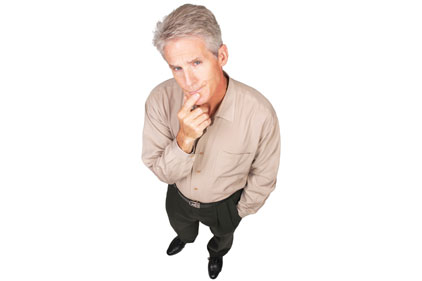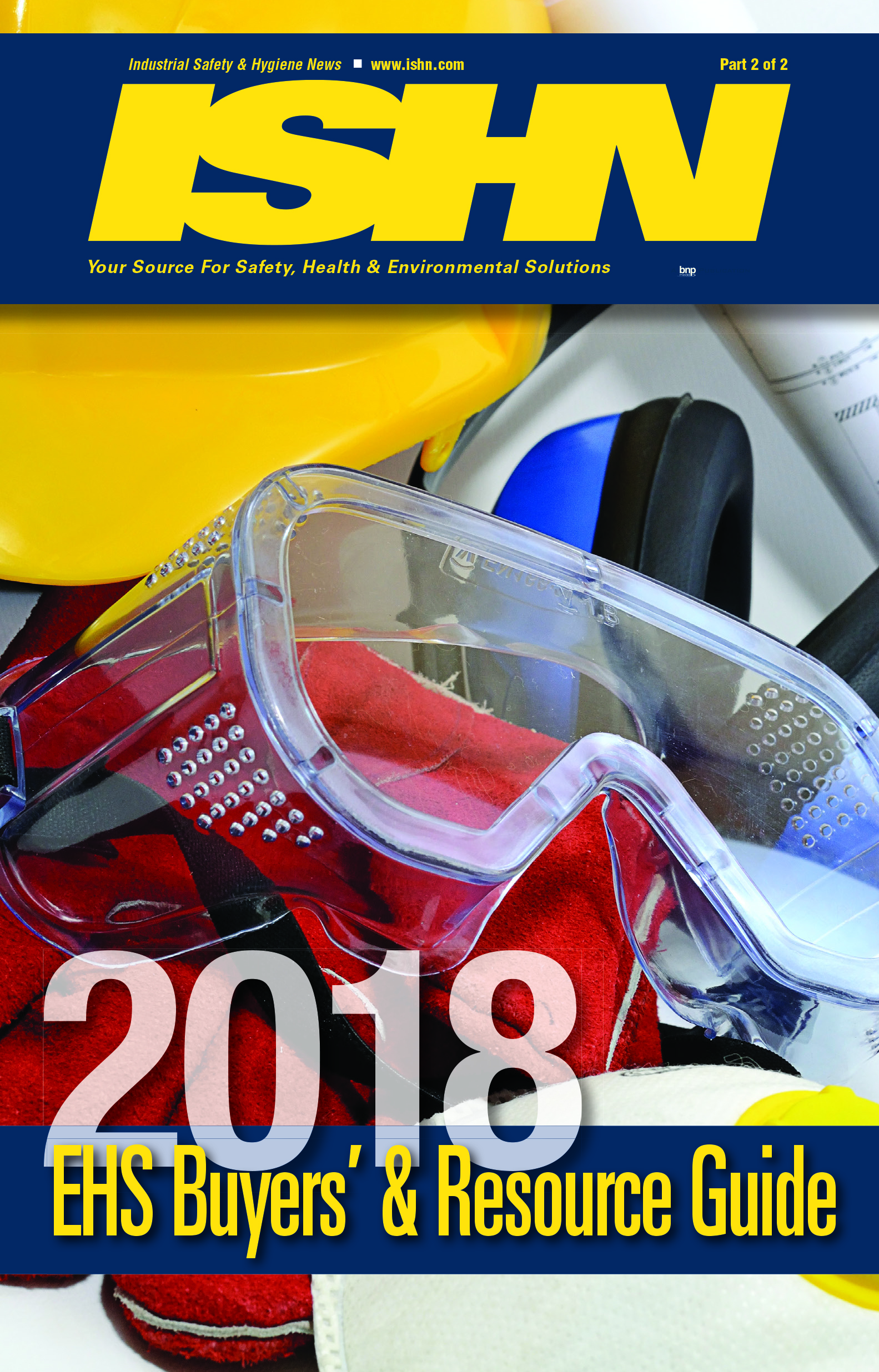It puts EHS pros fairly high up there in the “thinning and graying” ranks. Consider: the median age in the U.S. labor force is 41. Median age for physicians: 49. Median age for chemists: 47 and falling fast. Median age for mathematicians: 40. Median age for journalists: 41 (Little wonder the idea of Botox® treatment flashes to mind when I amble around the corridors of HQ). Median age for a construction worker: 40. No state in the union has a median age for public school teachers above 50. Try out these medians for teachers: CA (43); NY (41); PA (43); AZ (44); Texas (43).
In fact, the White Paper results show that four out of every ten EHS pros (42%) is age 55-64. More than three-quarters (76%) of the EHS Nation consists of pros between ages 45 to 64 years.
Now let’s back up. How does this decidedly middle-aged demographic impact the EHS landscape?
The payback
One of the benefits: income should expand with waistlines. $79,000 is the median salary of the White Paper respondents. That’s far better than the U.S. worker median salary of $41,000.
Almost four in ten EHS pros (38%) have annual salaries of $90,000 or more. That could represent executive VPs at the top of the career ladder, certain consultants making good money as expert witnesses, or the survival of the fittest in pared-down one-person EHS departments.
A few plausible explanations for the current salary situation:
EHS pay has expanded parallel to the increasing length of EHS job titles. From the old days of “the safety guy” we’ve gone to “Senior Vice President for Global Safety, Health, Environment, Quality, Product Stewardship, Corporate Social Responsibility, Sustainability, Crisis Communications, Operational Integrity, and Reputation Management.” The consolidation of jobs under umbrella titles, which reduces headcount in the EHS Department, has benefited the few and the weary.
You’re going to earn your keep. Smaller staffs and larger work plates mean working longer hours (predicted by 44% of respondents in 2012) and more job-related distress (46%). Here is the cruncher: Only 12% will work with larger EHS resource support in 2012; outpaced by the 19% who foresee declining resource support. Welcome to the new normal.
Nomads have always been an EHS professional stereotype. You know the kind of pro who moves through a number of companies and positions. Some are fortunate enough to get a salary bump at each stop. They come in, fix a problem, and move on. Or they bump heads with management and leave. An alternative career path is working your way up the corporate levels.
Globalization has benefited EHS pay. The onus is on corporations to be responsible world citizens, leave small footprints, audit foreign sites, train foreign workers, and investigate foreign incidents. About one-third of White Paper respondents (32%) have global responsibilities.
Long-distance oversight
Many global EHS managers travel abroad about once a quarter. Thirty-eight percent make three to four trips to foreign countries each year.
And they put in long days at foreign sites. Asked what their international job entails, 79% say audits, 72% say investigations, 48% training, 71% oversee an EHS management system. Management systems are mostly likely custom jobs (43%) compared to OHSAS 18001 (9%).
International pros have implemented behavior-based programs (38%); risk assessments (59%); emergency preparedness programs (57%); PPE policies (64%); and an incident reporting system (57%).
A question: what is the quality of these programs in the face long-distance administration? There is no regulatory or rigid third-party accountability. How many are simply paper programs created in U.S. offices and executed with wide varabiablity overseas?
EHS’s digital divide
Let’s get back to that age issue. How does it affects the EHS Nation’s acceptance and use of technology and social networking?
EHS pros definitely embellish their “green” credentials by embracing the idea of cutting down less trees: 70% have read a digital edition of a safety industry magazine, and 39% are either extremely interested or very interested in receiving a digital version of ISHN on a monthly basis.
Enthusiasm for other digital fare wanes. Fifty-four percent purchase products online. Forth-eight percent conduct online employee training. Thirty-five percent use online safety directories and buyers guides. About three in ten will read a safety blog (31%). And EHS pros are not a particularly interactive bunch: only 18% participate in peer group bulletin board chat rooms, forums, etc. Go to those sites and you see the same names, the same vocal minority, dominating discussions.
Social media has not gained much traction among safety and health pros, at least for information update purposes. Think about it. Middle-age EHS pros are 20 to 40 years into their work routines and embedded habits are hard to break One in ten EHS pros (10%) use social media websites such as Twitter, LinkedIn, and Facebook for safety info updates. Many are not at all interested in receiving industry updates via social media sites. Very low percentages are extremely interested, or very interested.
It’s a different story with social media for career purposes. Thirty-four percent of EHS pros used LinkedIn. Twenty-six percent used Google+.
EHS pros are not “gadget groupies.” Only five percent use a personal tablet (think iPad) for business. Most EHS pros still do not use a smartphone: 55% no; 45% yes.
These percentages are a product of the EHS Nation’s age curve. In 2010, the Pew Internet & American Life Project, a project of the Pew Research Center, found the average age of an adult social media user was 38 years old. Only 20% of those age 50-65 used social media. Only 15% of adults 50-65 use Twitter; 19% use Facebook; and 23% use LinkedIn.
The next generation of EHS pros, now between 25-45, will cross the digital divide and make social media sites more acceptable business channels. That’s if middle-aged baby boomers ever recapture enough of their lost retirement savings to actually walk away into the sunset and make room for Generation Next. There’s another “if”, too: Will the likes of Twitter and Facebook ever amount to much more than party lines among friends and family?
How do your experiences as an EHS pro compare with ISHN’s survey results? Email comments to johnsond@bnpmedia.com. They’ll be posted at www.ishn.com in a web exclusive article.




